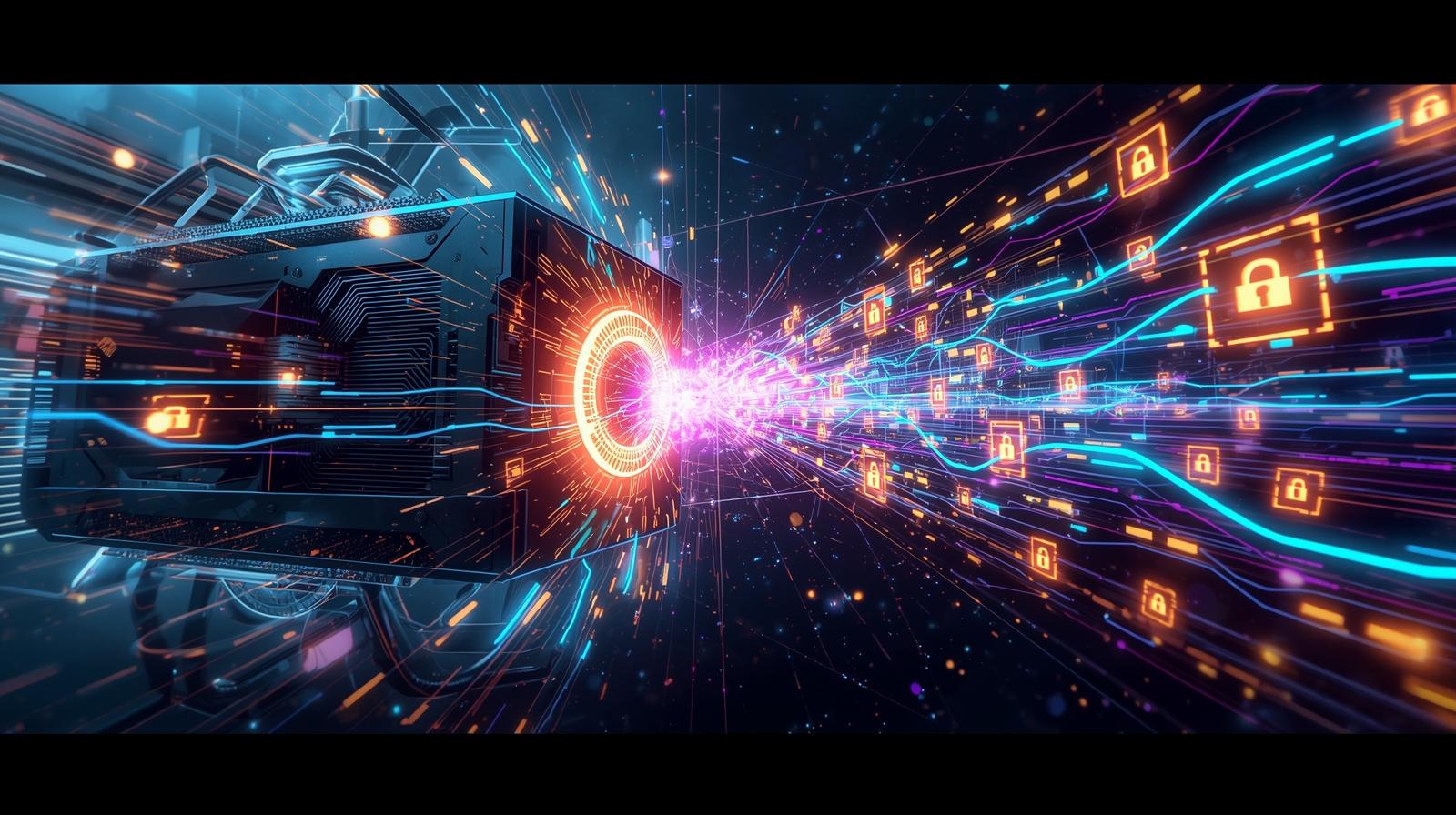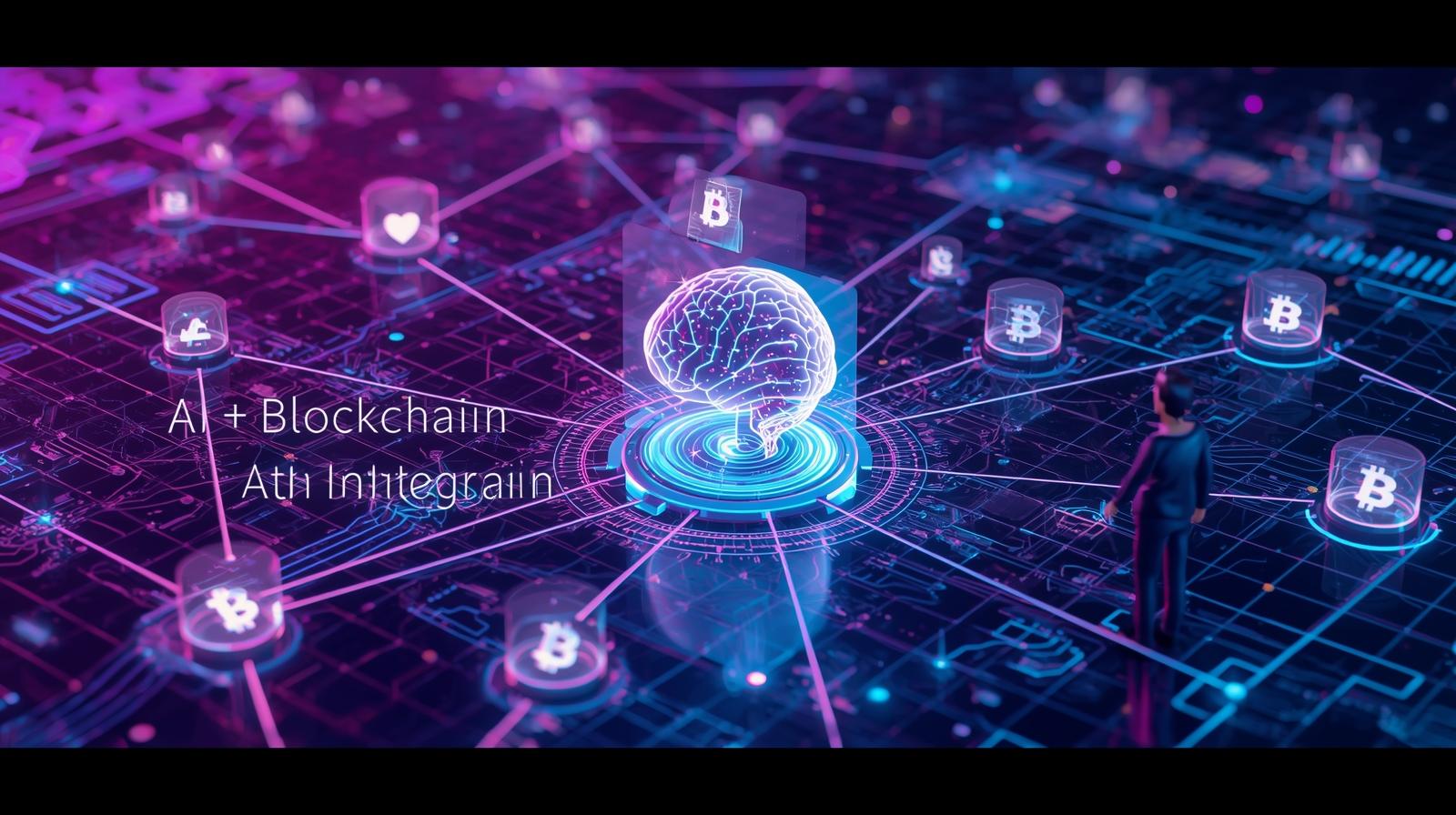The rapid evolution of technology has ushered in two transformative forces: quantum computing and blockchain. Individually, each promises to revolutionize industries from finance to healthcare. But when combined, they create both unprecedented opportunities and significant security challenges. Understanding how quantum computing intersects with blockchain security is essential for businesses, developers, and investors preparing for the next technological wave.
What is Quantum Computing?
Quantum computing is a type of computation that leverages quantum bits (qubits) instead of classical bits. Unlike classical bits, which represent 0 or 1, qubits can exist in multiple states simultaneously, thanks to superposition. Quantum computers also exploit entanglement, allowing qubits to be interdependent in ways classical computers cannot. These properties enable quantum systems to solve certain problems exponentially faster than classical machines.
Blockchain Security: The Current Landscape
Blockchain technology relies on cryptographic algorithms like SHA-256 and Elliptic Curve Digital Signature Algorithm (ECDSA) to secure transactions. The decentralized and immutable nature of blockchain ensures that tampering with historical data is virtually impossible with today’s classical computing power. This is why blockchain underpins cryptocurrencies, smart contracts, and supply chain transparency systems.
Quantum Threats to Blockchain
While blockchain is secure against conventional attacks, quantum computing introduces potential vulnerabilities:
- Breaking Cryptographic Algorithms:
Quantum algorithms like Shor’s algorithm could efficiently factor large numbers, threatening public-key cryptosystems such as RSA and ECDSA. This would enable attackers to forge digital signatures or access private keys, undermining blockchain security. - Hash Function Vulnerabilities:
Grover’s algorithm allows quantum computers to search unsorted databases faster, potentially halving the security of hash functions like SHA-256. While not immediately catastrophic, it would require blockchain systems to adopt longer hash lengths to maintain security. - Threat to Decentralized Consensus:
Quantum-empowered attackers could disrupt blockchain consensus mechanisms, posing risks to network integrity and transaction validation.
Opportunities for Quantum-Resistant Blockchain
Despite these threats, quantum computing also opens doors for enhanced blockchain security:
- Post-Quantum Cryptography (PQC):
New cryptographic schemes designed to resist quantum attacks are already being researched and standardized, including lattice-based, hash-based, and multivariate signature systems. - Quantum-Secure Smart Contracts:
Future smart contracts could integrate quantum-resistant encryption to protect sensitive information and maintain integrity even in a post-quantum era. - Quantum Randomness:
Quantum mechanics can generate truly random numbers, which could improve blockchain’s randomized consensus mechanisms and reduce predictability in cryptographic processes.
Preparing for the Post-Quantum Blockchain Era
To ensure blockchain remains secure in a quantum-powered future, stakeholders should:
- Monitor advancements in quantum computing and cryptography.
- Implement hybrid solutions combining classical and quantum-resistant algorithms.
- Collaborate with researchers to adopt quantum-safe standards for digital signatures and hash functions.
- Educate users about quantum risks and encourage proactive security measures.
Conclusion
Quantum computing represents both a threat and an opportunity for blockchain security. While current systems are safe against today’s computational capabilities, the rise of quantum machines demands forward-looking strategies. By embracing quantum-resistant technologies, blockchain can continue to provide trust, transparency, and security in a rapidly evolving technological landscape.



